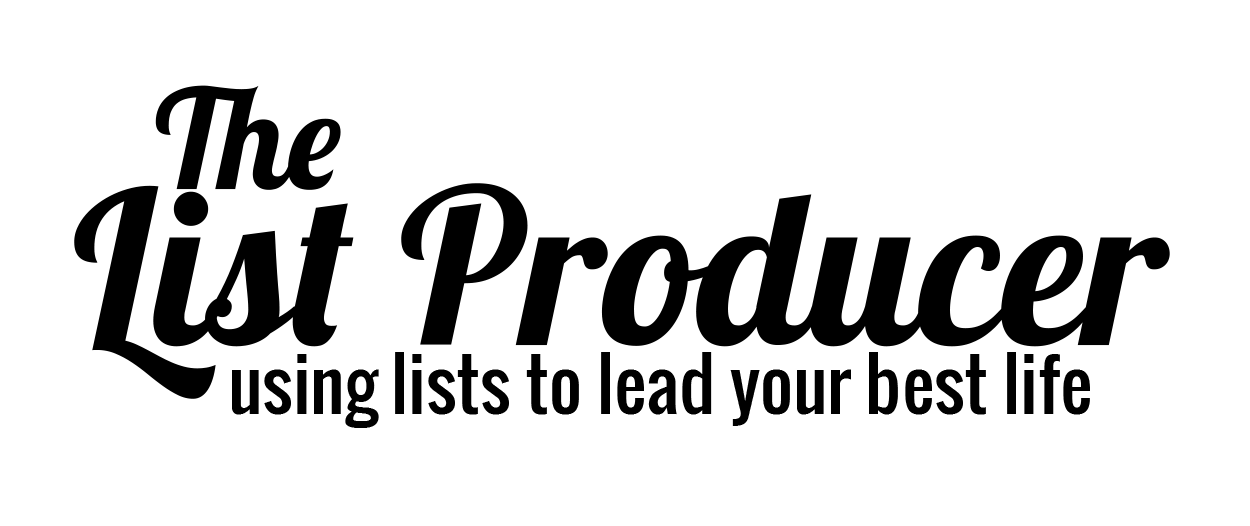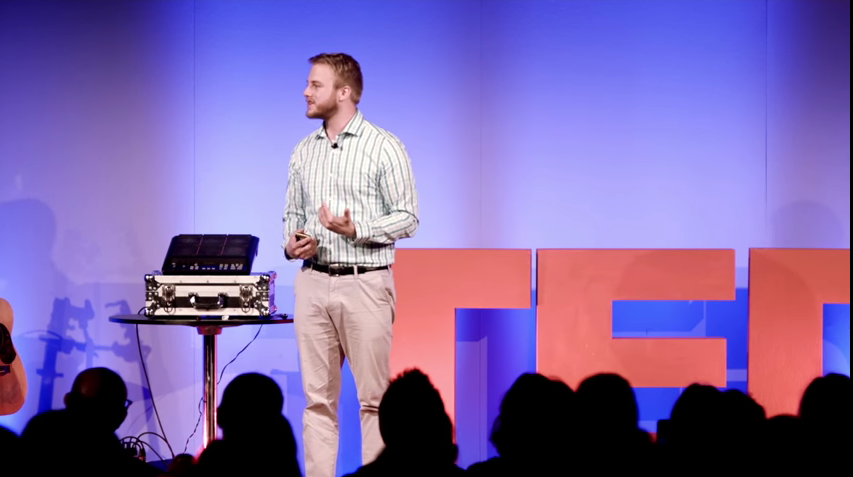If you’ve been following this blog for a while, you’re probably a pretty savvy list maker. So how do you take it to the next level?
Getting the most out of your list, firstly, means understanding how priorities work. For example, today you might want to pick up groceries and also start planning the first chapter of your book. (That’s two separate lists – I’m sure you already know that!) But how do you make sure that the here and now doesn’t override your long term goals?
Split your lists into lists: Immediate Priority vs Long-Term Priority
Not only do I believe in having multiple lists, but those lists can be split into different categories. We aren’t talking about daily to-do lists here to be clear. These lists are IMMEDIATE PRIORITY vs. LONG-TERM PRIORITY lists.
I like to use Evernote to keep my goals separate – and I split them into 2 notebooks. Your active list is what you are going to do for the week (like writing that book chapter!) or other important things that are on your mind – like knocking off some of your Christmas shopping! In another notebook I store my long-term priority list. This is where I keep all my ongoing projects and reminders for things I need to do later in the month or later in the year.
For example, if your goal for now is to write chapter one of your book, it’s a good idea to keep your outlines for the later chapters in this notebook. You don’t need them right now, but you’ll want to have them handy for reference. Or you can keep links to the Google Docs where you keep your notes or inspiration in this folder as well. Anything that will make it easier for you to start crossing off tasks is helpful.
Be very specific
With your IMMEDIATE PRIORITY list you need to be very specific. For example, I make my daily to-do lists at the end of each day. I think of every email or phone call I want to make the next day and I clearly write out what needs to be done. Instead of “emails” I will write “send an email to Trisha about Monday’s event” This helps me to keep on task during the day. I’m also automatically prioritizing as I write my list.
To learn how to do that sign up for my free giveaway “Prioritize Like a Pro.”
With LONG-TERM PRIORITY lists it’s good to have an overarching idea of what you want to do, but it’s best not to get too bogged down in the details. To go back to the book example, you would set yourself a deadline for when you want to complete each chapter and write and outline for each of them. But you wouldn’t plan the days you’re going to write it until you’re closer to that deadline. Then you can pull from that list when the time comes to make your daily to-do lists.
Plus these lists can overlap each other – by that I mean you’ll be using them at the same time. So you should reference them and pull items from the long-term priority list and stick it on the immediate priority lists. Eventually it will graduate to the daily to-do list. Think of each list as a stepping stone – as you move from one to the next you’re closer to completing the task.
The reason I keep these separate is so that you can focus more on what’s on your daily to-do list without getting too distracted by those big goals. I would recommend checking in on your long term priority list every week or so. This way you know what tasks you have coming up. But you won’t feel overwhelmed by everything you have to do.
If you’d like to check out my system to Prioritize Like a Pro fill in the form below and I’ll send you my free giveaway.
 I headed to Boston a few weeks ago to present at the Massachusetts Conference for Women. It was a very impressive conference. There were about 11,000 attendees and keynote speeches included Gayle King, Kevin O’Leary and Sarah Blakely.
I headed to Boston a few weeks ago to present at the Massachusetts Conference for Women. It was a very impressive conference. There were about 11,000 attendees and keynote speeches included Gayle King, Kevin O’Leary and Sarah Blakely. 

